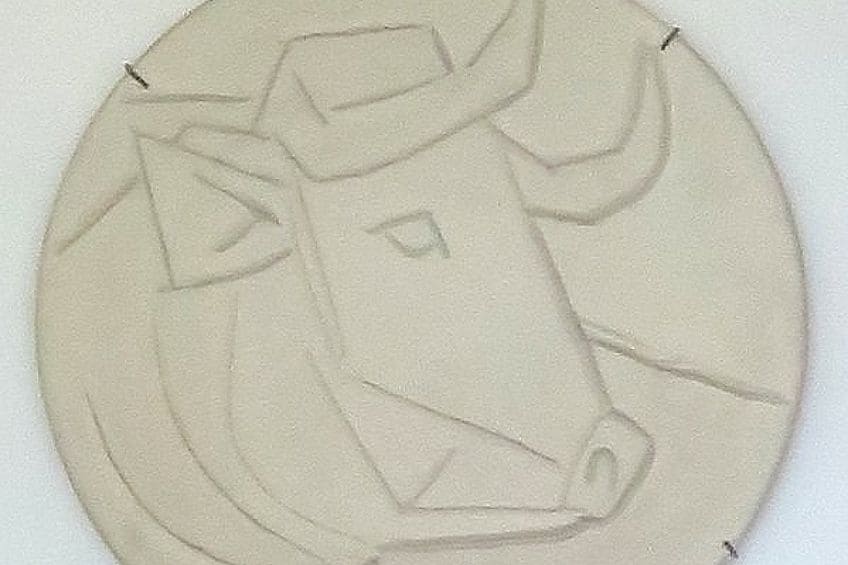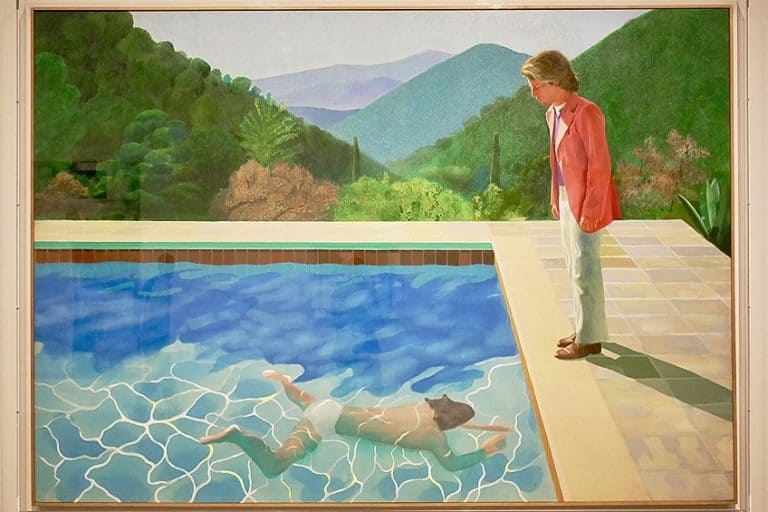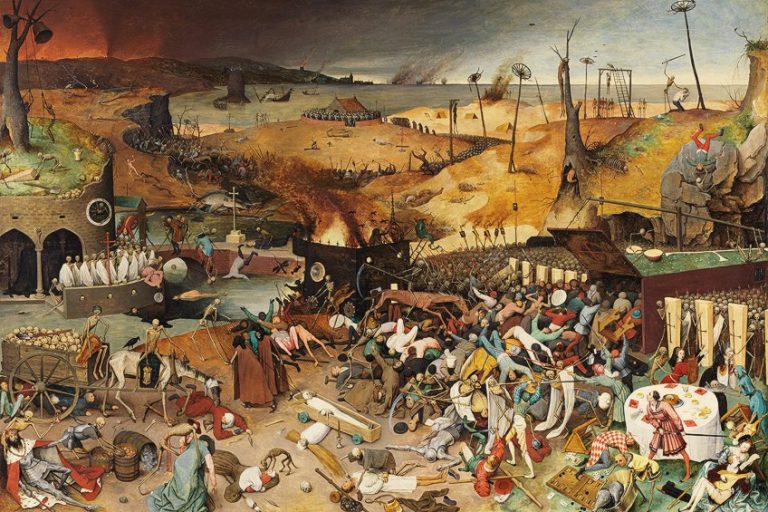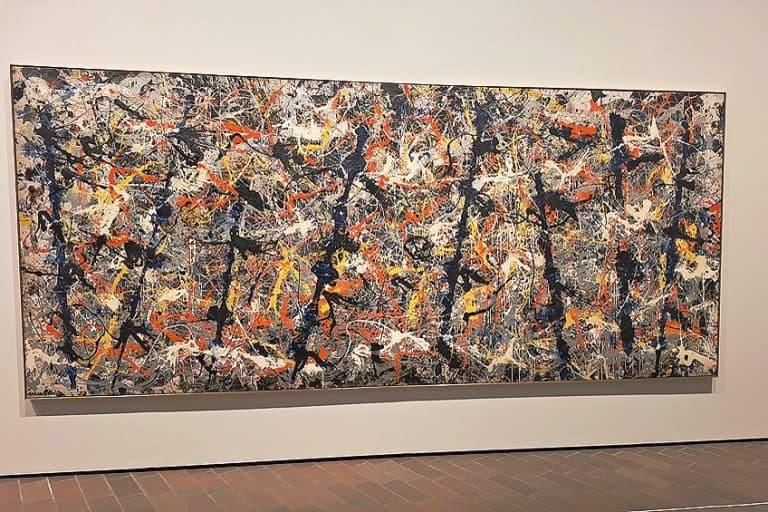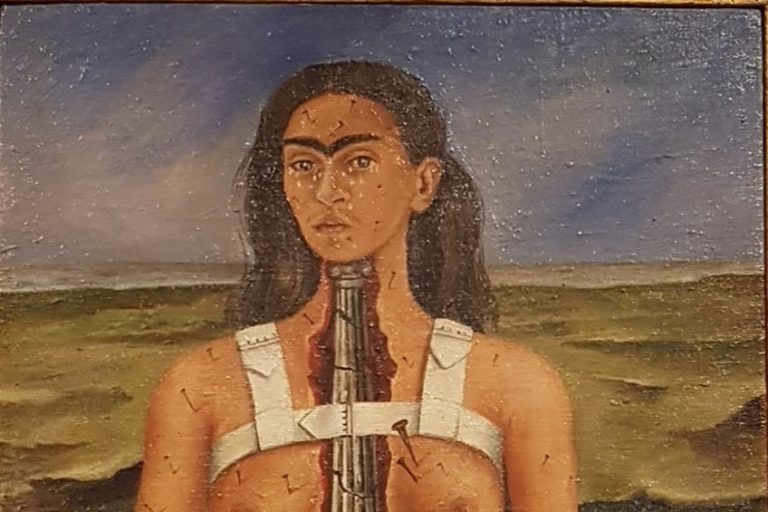“The Bull” by Picasso – Picasso’s Bull Painting Analysis
This article will conduct a The Bull analysis, which consists of 11 lithographs created by the much loved and talented Pablo Picasso, and interestingly a process of design that has inspired contemporary day businesses and companies to streamline their products.
Artist Abstract: Who Was Pablo Picasso?
Pablo Ruiz Picasso was born on October 25, 1881, and died on April 8, 1973. He was a Spanish artist and was born in Málaga, which is a city in Andalusia in the south of Spain. He was drawn to art when he was young, and he also learned from his father, Don José Ruiz y Blasco, who was a painter. He studied at places like the La Llotja school in Barcelona and the Royal Academy of Fine Arts in San Fernando in Madrid. Picasso’s art style evolved throughout his career, from formal training to abstract renditions, he explored styles of Neoclassicism, Surrealism, and Primitivism, and notably pioneered the art movement Cubism. His famous artworks include Portrait of Gertrude Stein (1906), Les Demoiselles d’Avignon (1907), and Guernica (1937).
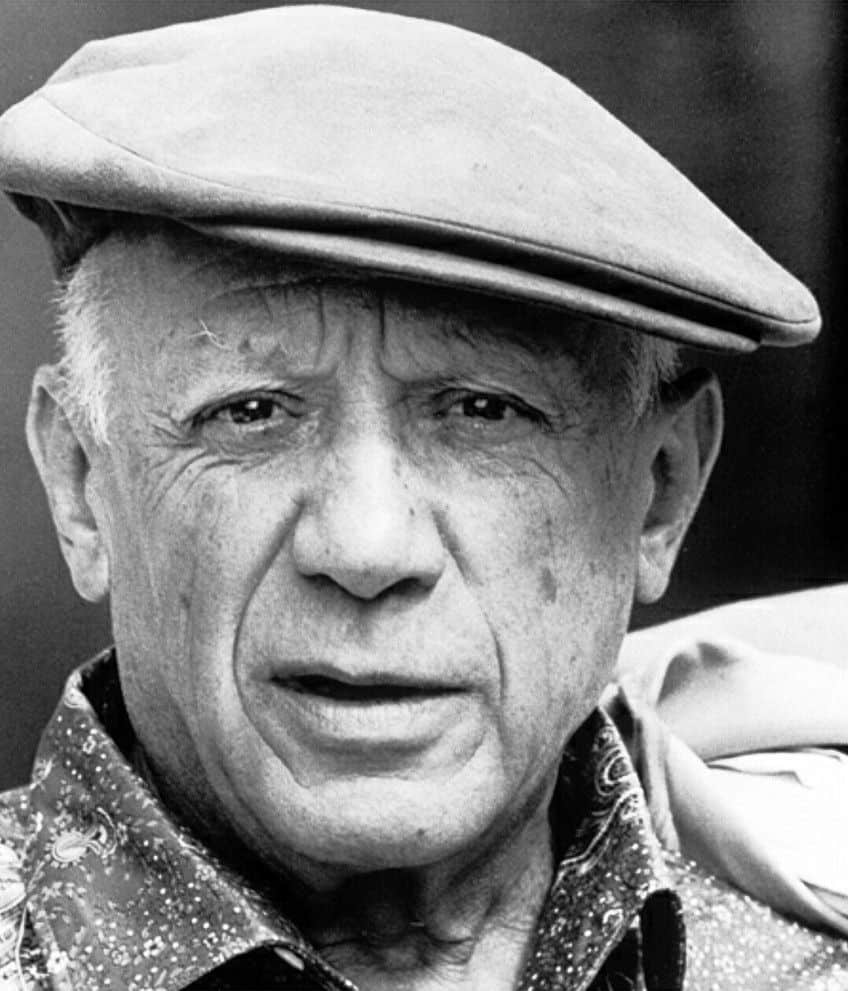
The Bull (1945) by Pablo Picasso in Context
Below we will look at the Bull (Le Taureau in French) analysis in more detail, which consists of a series of 11 lithographs Pablo Picasso created from 1945 to 1946. Starting with a contextual analysis, we will discuss the circumstances in his life and what inspired him to create the Bull series. We will discuss the 11 images in a formal analysis, with a more specific discussion of Plate 11, all of which will look at Picasso’s stylistic approach categorized according to the art elements and principles.
| Artist | Pablo Ruiz Picasso (1881 – 1973) |
| Date Painted | 1945 – 1946 |
| Medium | Lithograph |
| Genre | Genre/animal painting |
| Period / Movement | Cubism |
| Dimensions (cm) | 33.5 x 56.1 |
| Series / Versions | Plate 11, which is part of 11 lithographs |
| Where Is It Housed? | Museum of Modern Art, Manhattan, New York City, the United States of America |
| What It Is Worth | Unknown |
Contextual Analysis: A Brief Socio-Historical Overview
Pablo Picasso was recorded as starting the creation of his lithographic Bull series in December 1945 until January 1946. He worked at Fernand Mourlot’s printing studio in Paris in the rue de Chabrol. Picasso was reportedly focused on the various successions of his bull and worked alongside the workshop attendants, one of which was Jean Célestin, who has often been quoted describing Picasso’s artistic process while creating the Bull series, explaining that Picasso “ended up” where he “should have started”, but regardless the Cubist maestro was “seeking his own bull”.
The Meaning of the Bull
Pablo Picasso produced several iterations of bulls, including the lithographic Bull series, but also Picasso’s bull painting, for example, Bullfight: Death of a Toreador (1933), all of which are exemplary of his interest and love of bulls. But, why did Picasso depict bulls, and what did they mean?
There have been several meanings associated with the role of the bull in Picasso’s bull painting and lithographic renditions, but reportedly these are all conjectures and Picasso did not divulge his exact reasons for his affiliation with the bull.
Some of the possible meanings of Picasso’s bull include that he was portraying himself, as a “self-portrait”. That the bull was a symbol of masculinity as well as a victim due to the animals being killed in bullfights. Other explanations include underlying political ideologies and that the bull was a “symbol of Spain” with associations with the Spanish people and ideas of fascism.
Formal Analysis: A Brief Compositional Overview
In the Bull analysis below, we will start with the formal qualities of Plate 11 of Pablo Picasso’s Bull series, however with a mention of the previous 10 plates to provide additional context and comparison. This will include a visual description and a discussion of the subject matter in terms of the art elements and principles.
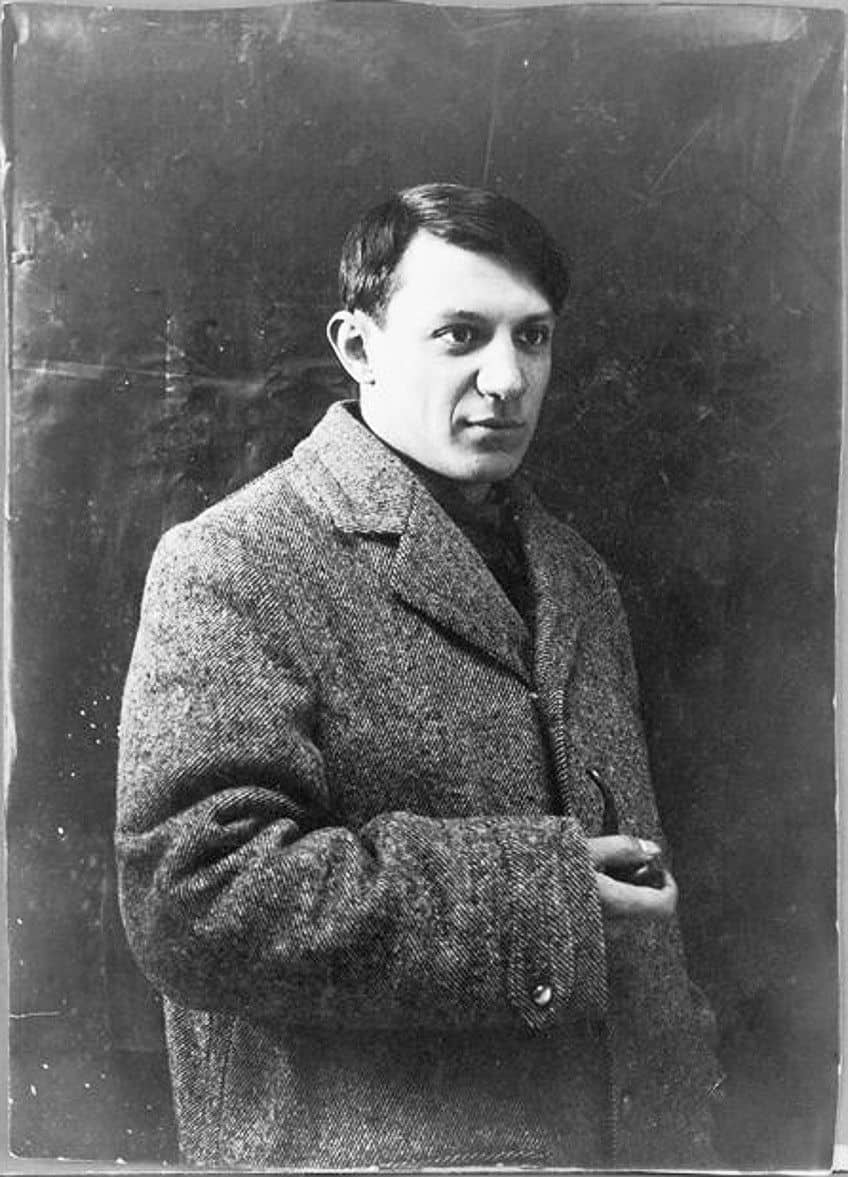
Subject Matter: Visual Description
Plate 11 of Pablo Picasso’s Bull series is described as his final plate and the most simplified and geometric version of the bull as the subject. The bull is composed of simple and seemingly rudimentary outlines.
It has a small circle for a head that appears disproportionate to its large body, and its two horns are curved lines. It has a curved line for a tail as well as curved lines for its legs; its back legs appear crisscrossed compared to the front legs which appear separate.
This is wholly different from the previous 10 plates which progress from more realistic (also described as “academic” to abstract, for example, Plate 1 depicts the bull’s morphology more realistically, and it appears as if Picasso hastily drew it.
Plate 2 has been described as more “mythical” and “robust” in its appearance. It also appears darker in shading. It seemingly has a more threatening countenance with a larger and looming hump/crest and head.
Plate 3 highlights the bull’s musculature and has been described as more “dissected”, depicting the various areas of its musculature. Reportedly Picasso also utilized a lithographic crayon to add effects.
In Plate 4 from the Bull series by Pablo Picasso, the artistic evolution of the bull starts veering towards abstraction. Although the bull still appears somewhat realistic in its appearance, Picasso added stylistic details that appear Cubist, namely the visible sections, or “planes”, delineating the animal’s anatomical areas.
Plate 5 of the Bull by Picasso also depicts a slightly more stylized bull with dissecting planes and a slimmed body. The head has become significantly smaller compared to the large hump/crest. Where Plate 4 had two small circles for eyes, here the bull has the characteristic Cubist and Primitivist almond-shaped eyes.
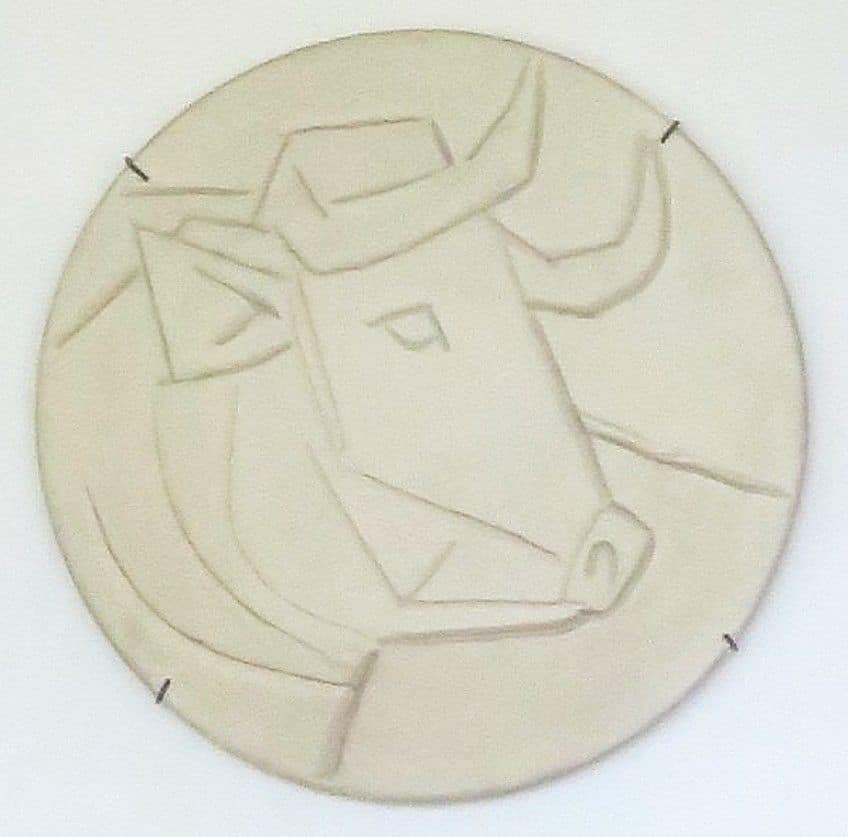
Plate 6 of the Bull series by Pablo Picasso depicts the bull as more abstract and without eyes and a nose, and just a blank-faced head with two sharp horns. There are more curved lines delineating the planes of its body.
Plate 7 and Plate 8 of Picasso’s Bull series depict the bull in a simplified stylization. Most of the details that composed the bull’s morphology have been removed and it appears as if the “essential” parts (as some sources describe it) are placed within the outline of the bull’s body.
Plate 9 and Plate 10 now depict the Bull mostly as a series of lines, like Plate 11. There are no areas of shading to depict the various areas, only several curved lines. The genital area appears to be the only shaded part.
Color
The color scheme in the Bull series by Pablo Picasso is neutral and mainly consists of the shading done by ink as well as crayon, for example in Plate 3. The contrast of light and dark is created through shading, for example in Plate 2, however, in Plate 11 there is no shading.
There are also flat areas of color in some of the later versions, for example, Plate 6 in the neck and front leg area.
Texture
Texture in the Bull by Picasso, notable Plate 11 is non-existent, however, in the iterations leading to the more abstract version, there are numerous indications of texture created by the lithographic medium utilized by Picasso. This is most notable in the first four plates, for example, the bull’s hair and muscles are implied in Plate 3.
Shape and Form
The shape and form work together in the Bull series by Pablo Picasso, in other words, the artist developed the bull from a realistic and apparent three-dimensional form to a more abstract and two-dimensional shape. The latter, Plate 11, is composed of curved shapes created by the lines that compose the bull. It has a small circle for a head and now a vague ovular shape with a line as the genitals.
In the first iteration, Picasso created a sense of the depth of the form through shading, for example near the bull’s back leg area and neck.
Line
Line as an art element is a significant constituent of the Bull series by Pablo Picasso. If we look at Plate 11, the entirety of the bull’s form is composed of lines. In earlier versions Picasso also utilized lines to highlight the different parts and musculature of the bull, for example from Plate 4 to Plate 8, there are different types of lines like crisscrosses, curved, as well as straight and diagonal lines.
Space
In the Bull series, Pablo Picasso’s bull is in the positive space, and the “area” as it is widely termed could be considered as the negative space. For example, in Plate 11 the bull, which consists of lines at this stage, is the active subject matter.
Picasso: A Few Lines Say It All
This article explored the Bull analysis, which is composed of 11 lithographs by Pablo Picasso. It discussed the stylistic evolution of this Bull series, which has been described along the lines of a “metamorphosis”, and rightfully so, because it follows a stylistic trajectory that Picasso intended for it to follow.
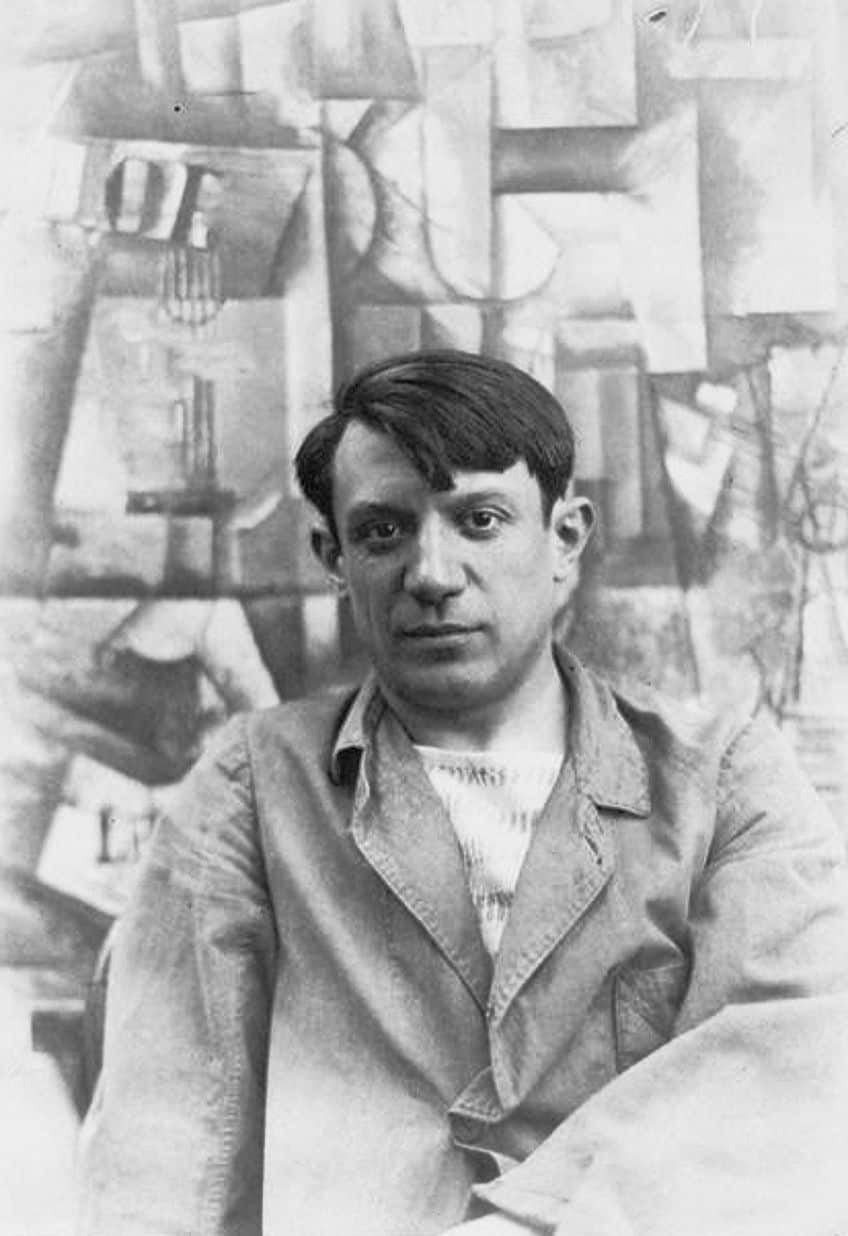
From a realistic rendering of a more “bulked up” and somewhat otherworldly bull to a linear representation of the essence or idea of a bull, the latter with only its essential morphological qualities intact like its tail, head and horns, legs, genitals, and body, Pablo Picasso managed to say it all with just a few lines, encapsulating the whole bull, ironically, through the process of reduction.
https://www.youtube.com/watch?v=3Y5rYryP4aI
Frequently Asked Questions
Who Created the Bull Series?
The famous Cubist Pablo Picasso created his Bull (1945-1946) series, which consisted of 11 lithographs from one stone, in which he depicted 11 stylized versions of a bull, from more realistic to abstract, from complex to the most simplified.
Where Is Picasso’s Bull Painting?
Plate 11 of the Pablo Picasso Bull series is housed at the Museum of Modern Art in Manhattan, New York City, the United States of America. Several of the other plates from the Bull series are also held at the Museum of Modern Art.
What Was the Significance of Picasso’s Bull?
The bull was one of Pablo Picasso’s favorite animals and has been given several meanings that it was a so-called metaphor for Spain and socio-political ideals like fascism. What the Bull also represented was Picasso’s artistic approach to discovering the so-called essence of the bull.
Alicia du Plessis is a multidisciplinary writer. She completed her Bachelor of Arts degree, majoring in Art History and Classical Civilization, as well as two Honors, namely, in Art History and Education and Development, at the University of KwaZulu-Natal, South Africa. For her main Honors project in Art History, she explored perceptions of the San Bushmen’s identity and the concept of the “Other”. She has also looked at the use of photography in art and how it has been used to portray people’s lives.
Alicia’s other areas of interest in Art History include the process of writing about Art History and how to analyze paintings. Some of her favorite art movements include Impressionism and German Expressionism. She is yet to complete her Masters in Art History (she would like to do this abroad in Europe) having given it some time to first develop more professional experience with the interest to one day lecture it too.
Alicia has been working for artincontext.com since 2021 as an author and art history expert. She has specialized in painting analysis and is covering most of our painting analysis.
Learn more about Alicia du Plessis and the Art in Context Team.
Cite this Article
Alicia, du Plessis, ““The Bull” by Picasso – Picasso’s Bull Painting Analysis.” Art in Context. February 15, 2023. URL: https://artincontext.org/the-bull-by-picasso/
du Plessis, A. (2023, 15 February). “The Bull” by Picasso – Picasso’s Bull Painting Analysis. Art in Context. https://artincontext.org/the-bull-by-picasso/
du Plessis, Alicia. ““The Bull” by Picasso – Picasso’s Bull Painting Analysis.” Art in Context, February 15, 2023. https://artincontext.org/the-bull-by-picasso/.


